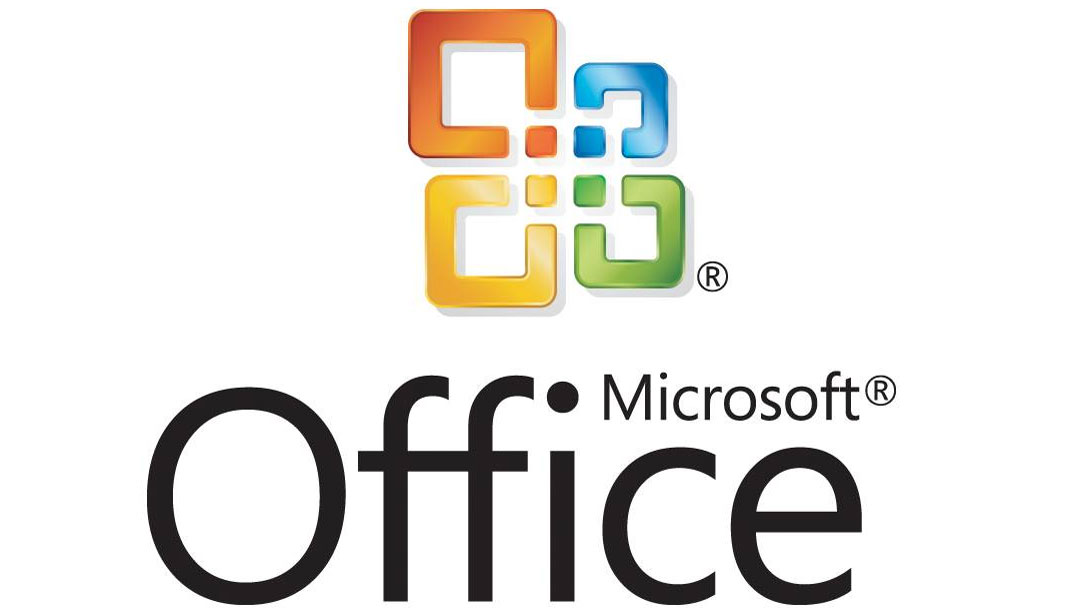Office Productivity Software: a business buyer's guide
How to buy the perfect office productivity software for your business

In the current economic climate businesses have to work harder and be more economical with the resources they have. The tools you choose need to be carefully considered. In the past when productivity applications were discussed, only Microsoft Office was ever mentioned, as it contained the most mature set of applications available. Today however, there is a raft of alternatives to choose from and the choice can be bewildering, but once you clearly understand what your business needs these tools to deliver, finding the right productivity suite becomes a straightforward exercise.
Generally speaking productivity applications allows your business to manage the information that is flowing into it from a variety of sources, and use that information to more efficiently manage each aspect of your business. A good productivity suite of applications will allow your business to:
- Manage its external communications that includes email and increasingly your business' use of social media.
- Analyse data, which will often mean using a spreadsheet or database application.
- Offer collaboration tools that include the creation of presentations and other internal documents.
- Create documents that can be easily exchanged, modified and collaborated on by anyone in your workforce.
Even with an array of productivity applications now available to your business, Microsoft Office remains the touchstone in this application sector. However if your business chooses not to use Office, every other productivity suite supports the file formats that Microsoft developed. This allows a level of compatibility that is important. If you create a spreadsheet using iWorks on a Mac, for instance, this can be saved in a format that Microsoft Excel can read.
If you decide to use a productivity suite other than Microsoft Office, and choose to save files in that application's native format, you must be sure this file will only be opened by that application. This is an important consideration when developing data management policies for your business.
Working in the cloud
The cloud has transformed how businesses now approach the productivity applications they use. Instead of installing a copy of the productivity software on individual computers, each of the applications is available online. All the user needs is a connection to the Internet and a browser to use fully featured productivity applications.
Moving the productivity applications your business needs to the cloud will be a revelation. Platforms like Microsoft Office 356 and Google Apps for Business are the new face of productivity software that small businesses in particular are embracing. The level of collaboration that is now possible is unprecedented, as any number of people can work together using the shared applications that are now online.
What's more, once your business adopts platforms like Google Apps for Business or Office 365, you don't need to think about application upgrades. If Google or Microsoft want to include a new feature in its online spreadsheet for instance, it simply adds this feature. When you next logon, you see this new addition without any software upgrades whatsoever.
Are you a pro? Subscribe to our newsletter
Sign up to the TechRadar Pro newsletter to get all the top news, opinion, features and guidance your business needs to succeed!
This so-called 'perpetual upgrade' has a powerful business case when you consider the cost of regularly upgrading installed software across your company.
In addition, once your business starts to use productivity applications online, you begin to see how other services can enhance the core applications you are using. Services from companies like 37 Signals and applications like Evernote move productivity applications from simple pieces of software to powerful management tools. Add an easy to use data storage service like Box and your business will have moved its productivity software from the desktop and onto the webtop.
Your buying checklist
With a myriad of choice available in the productivity application market, making the right choice for your business is critical to get right. Use this checklist to help you choose the perfect productivity suite for your company:
- Do you already have productivity software installed at your business? If so, how old is it? Is it cost effective to upgrade these applications to their latest versions? Or should you move to online applications instead?
- Do your members of staff work from a variety of different locations? If so, using online applications will vastly improve their productivity.
- Do you use any legacy applications that are mission critical to your business? If so, this could impact on the type of productivity suite you choose.
- Do you need your productivity applications to be compatible with Microsoft Office file formats? If so, look for a suite of application that offers these formats as an export option.
- Do you and your employees want to use smart phones and tablet PCs with the productivity suite? If so, many of the current platforms also have versions specifically for these devices.
Productivity applications have changed out of all recognition. Today word processors, spreadsheets, databases and email applications now offer a multitude of features, all of which now embrace more collaborative working thanks to the flexibility that the cloud now offers.
Take your time to assess your business' current productivity software and how you and your staff use these applications. Then think about how your business is changing and developing and how these applications need to support this evolution. With a checklist of requirements in-hand, you will easily find the perfect productivity suite to help you better manage your business.
The leading productivity suites for large and small businesses include:
- Google Apps for Business
- IBM Lotus Symphony
- Microsoft Office
- Apple iWork [Mac only]
- OpenOffice
- Zoho Office
- Ability Office
- Corel Office Suite